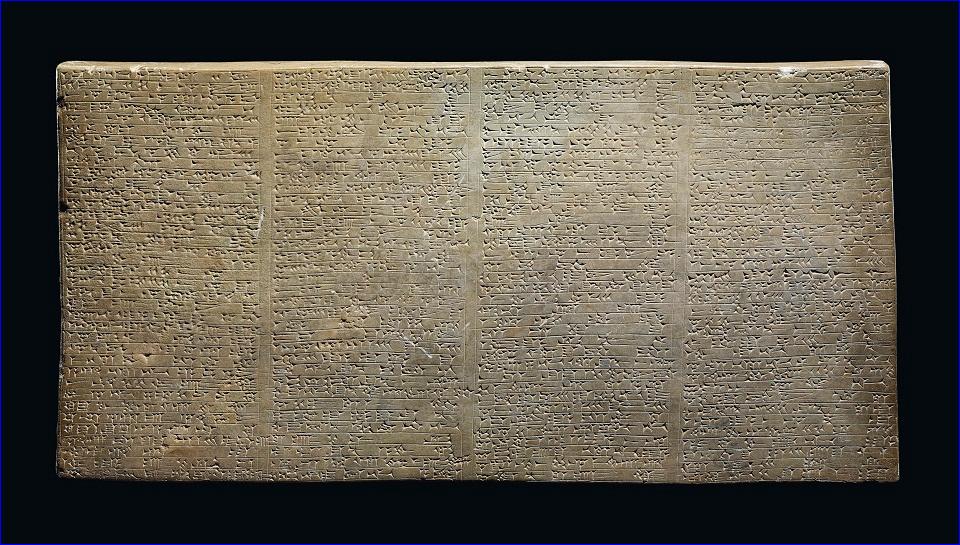


The origins of cuneiform writing are believed to have arisen in the ancient city of Uruk, in what is now southern Iraq, around 4000 BC. Initially used as a simple system of record-keeping for trade transactions, cuneiform soon evolved into a more sophisticated means of communication, used for everything from religious texts to personal letters. Over the centuries, cuneiform became the primary means of recording information in ancient Iraq, used by the Sumerians, Babylonians, and Assyrians, and spreading to other civilizations in the region.
One of the most intriguing aspects of cuneiform is its pictographic nature. The earliest forms of cuneiform used simple pictures to represent objects and actions, but over time, these pictograms evolved into more abstract symbols. This evolution allowed for a greater range of expression and communication, and the cuneiform script became more complex and sophisticated.
Despite its complexity, cuneiform was still a relatively accessible form of writing, used by people from all walks of life, from royalty and priests to farmers and merchants. This accessibility has allowed us to gain a unique insight into the lives of the people of ancient Iraq, and cuneiform writing has played a vital role in our understanding of this fascinating civilization.
The cuneiform tablets that have been discovered over the years contain a wealth of information about ancient Iraq, from religious texts and myths to trade records and personal letters. Many of these tablets have been translated and studied, providing us with a glimpse into the beliefs, customs, and daily life of the people who lived in this region thousands of years ago.
Regardless of the vast number of cuneiform tablets that have been discovered, there is still much that remains a mystery about this ancient form of writing. Some of the symbols used in cuneiform are still not fully understood, and there are many tablets that have yet to be translated. The difficulty in decoding cuneiform is partly due to the limited number of experts who are able to read the script, and partly due to the age and fragility of the tablets themselves.
The most exciting recent developments in the study of cuneiform has been the use of new technologies to help in the translation and preservation of the tablets. Digital imaging techniques, such as X-ray fluorescence, have allowed experts to read cuneiform writing that was previously too faint or damaged to be deciphered. These advances have opened up new avenues of research and have brought us closer to unlocking the secrets of ancient Iraq and its language of the gods.
Additionally, cuneiform has also shed light on the advancements and innovations of ancient Iraq. The cuneiform tablets have provided evidence of a sophisticated system of mathematics, including the use of multiplication tables and the concept of zero. They have also revealed the existence of a complex system of law and government, as well as a rich literary tradition, including epic poems and hymns.
Cuneiform writing remains a fascinating and enduring aspect of ancient Iraq's rich history. From its humble beginnings as a simple system of record-keeping, cuneiform evolved into a sophisticated means of communication, used to record the tales of gods and heroes and to document the daily lives of the people. The mysteries of cuneiform writing continue to captivate us, and new technologies are helping us to unlock its secrets and preserve this important part of our history for future generations.

or register to post a comment.